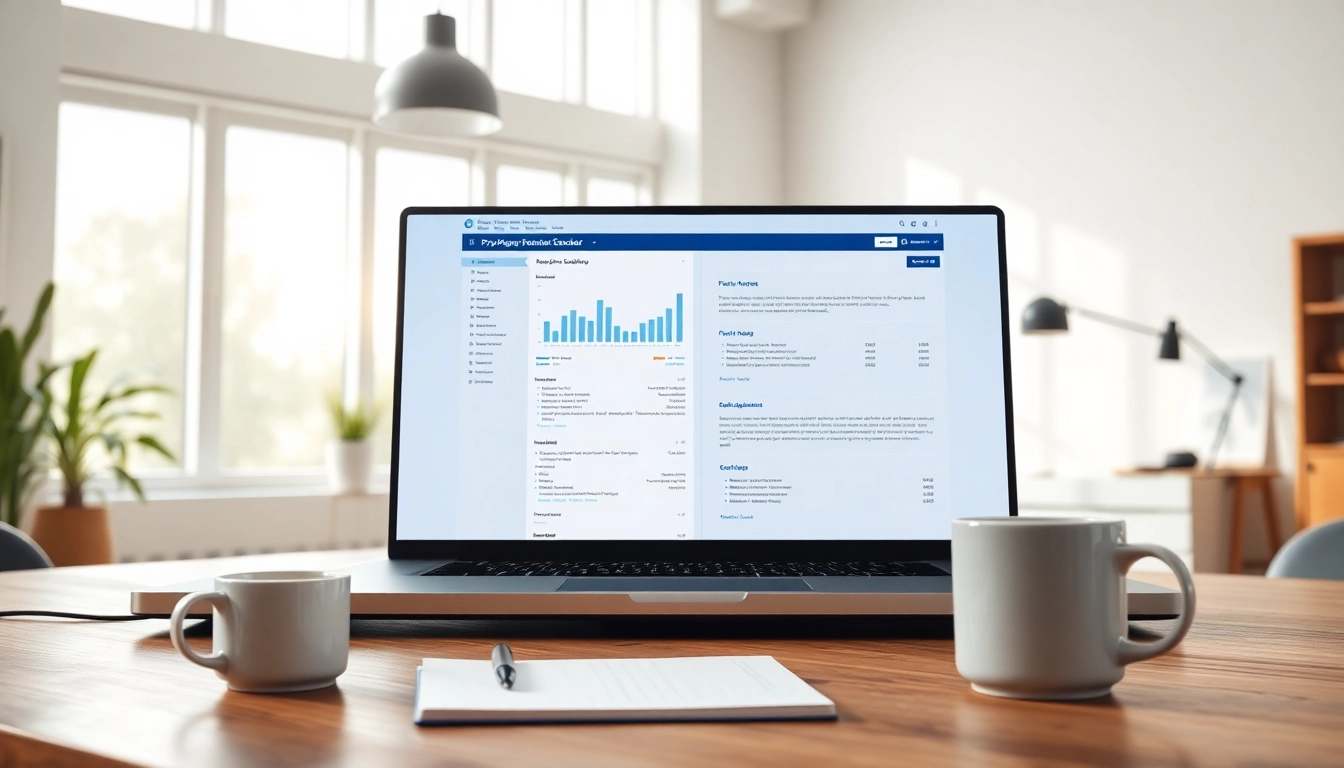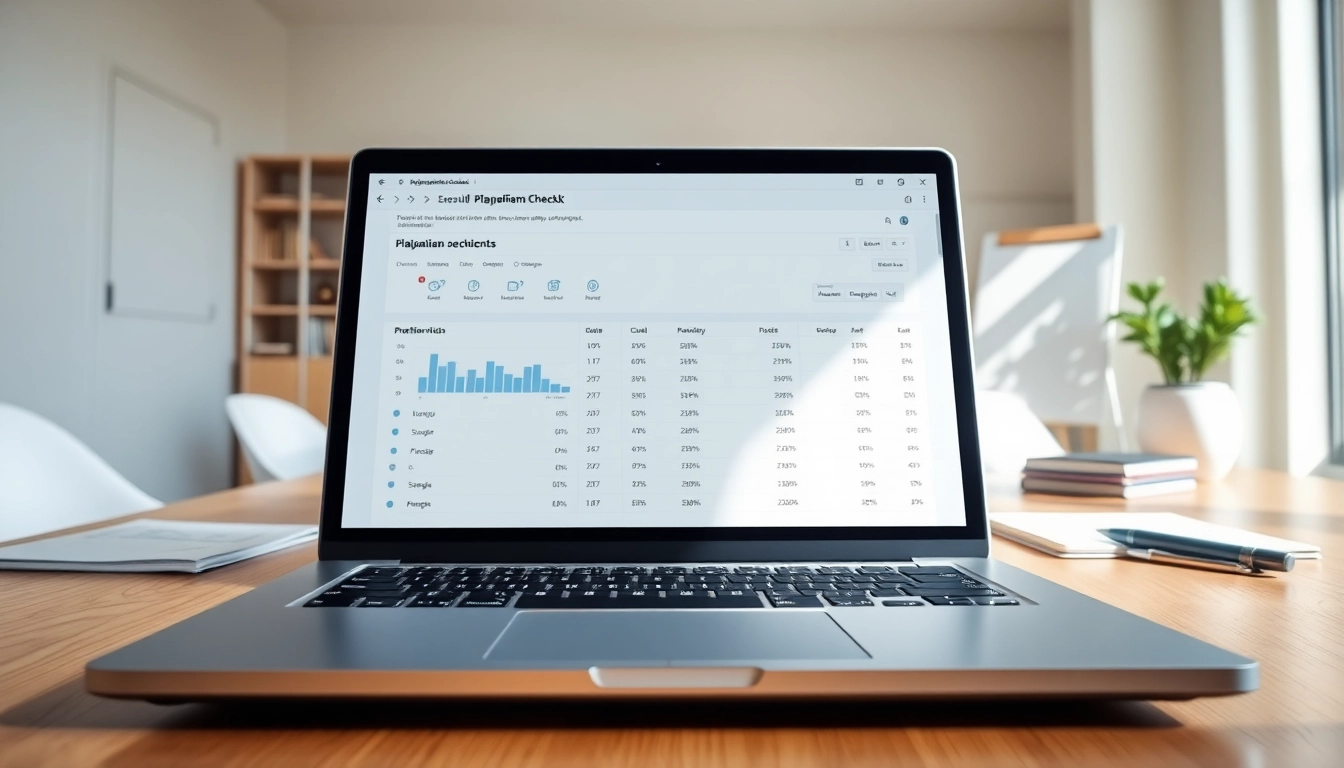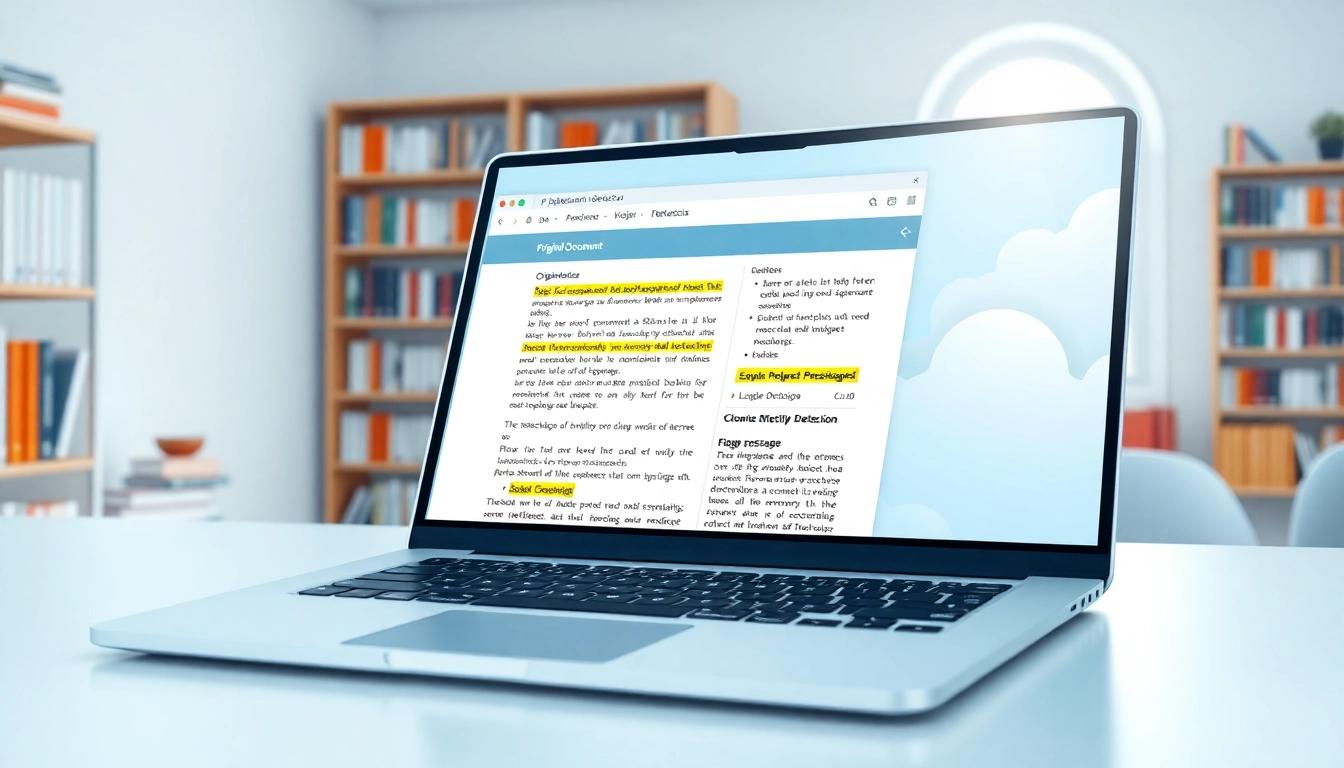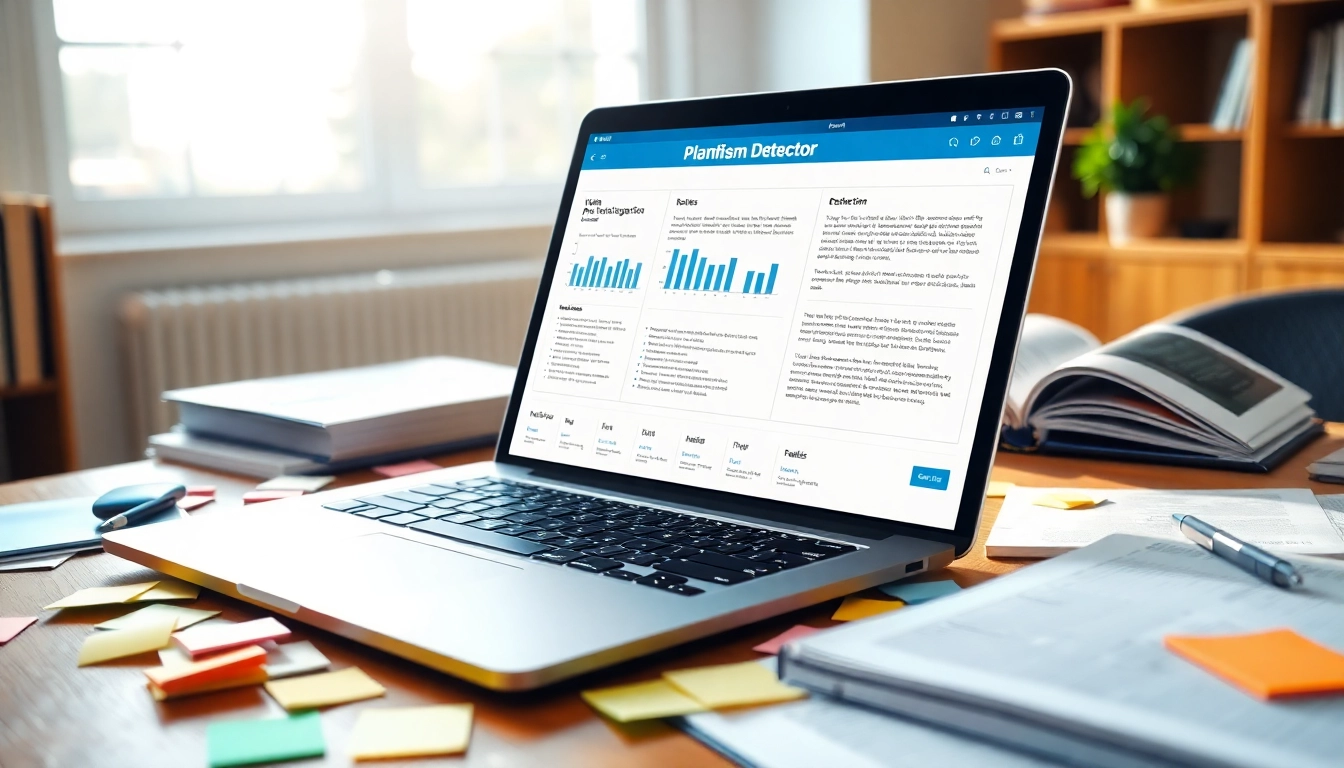Understanding Plagiarism and Its Implications
Plagiarism is a term that carries serious implications in both academic and professional contexts. It refers to the act of using someone else’s work, ideas, or intellectual property without proper citation or acknowledgment, presenting it as one’s own. As the digital landscape evolves, the prevalence and complexity of plagiarism have escalated, highlighting the need for reliable tools to ensure originality in writing, such as a plagiarism checker.
What is Plagiarism?
At its core, plagiarism involves a lack of honesty and integrity in the presentation of one’s work. It can manifest in various forms, from copying and pasting text without citation to paraphrasing someone else’s ideas without giving credit. Understanding what constitutes plagiarism is vital for both writers and educators to foster an environment of honesty and originality.
Types of Plagiarism
- Direct Plagiarism: Copying someone else’s work word-for-word without attribution.
- Self-Plagiarism: Reusing one’s own previously published work without acknowledgment.
- Patchwork Plagiarism: Merging text from multiple sources into a new document without proper citation.
- Accidental Plagiarism: Unintentionally failing to cite sources or misquoting them.
- Paraphrase Plagiarism: Rephrasing someone else’s ideas without crediting the original source.
Consequences of Plagiarism
The ramifications of plagiarism can be severe and far-reaching. In academic settings, it may result in failing grades, expulsion, or damage to one’s academic record. In professional realms, it can undermine a person’s career, leading to job loss, loss of reputation, and potential legal ramifications, especially if copyrighted material is involved. Thus, understanding and preventing plagiarism is crucial for maintaining personal and institutional integrity.
The Importance of Using a Plagiarism Checker
As the consequences of plagiarism become clearer, utilizing a plagiarism checker emerges as an essential practice for both students and professionals. These tools offer not just detection but also guidance in upholding academic and professional standards.
Benefits for Students and Educators
For students, using a plagiarism checker can significantly enhance their writing and research process. These tools help students understand where they may have inadvertently misused sources, allowing them to learn proper citation practices. Educators, on the other hand, can use these checkers to ensure that students are producing original work, fostering a culture of integrity and trust in academic settings.
Benefits for Professionals and Businesses
In the corporate world, originality in content is crucial for maintaining a brand’s integrity and reputation. Plagiarism checkers assist professionals in producing unique content, whether it be in marketing materials, reports, or research papers. This ensures that companies uphold their reputation and avoid any legal challenges that may arise from unintentional copyright infringement.
Maintaining Academic Integrity
Academic integrity is vital for the credibility of educational institutions. Encouraging the use of plagiarism checkers not only helps in maintaining this integrity but also serves to educate individuals about the value of original thought and diligent research. By fostering a commitment to originality, educational institutions can cultivate a generation of responsible scholars and professionals.
How to Utilize a Plagiarism Checker Effectively
Despite the ease of accessing plagiarism checkers, many users may not know how to maximize their effectiveness. Understanding how to properly use these tools can significantly improve outcomes in both academic and professional writing.
Step-by-Step Guide to Running a Check
- Choose a reliable plagiarism checker: Select a tool that meets your needs, considering features, accuracy, and user feedback.
- Prepare your document: Ensure your text is complete and formatted correctly, as some checkers work better with specific file types.
- Run the check: Upload or copy-paste your text into the plagiarism checker.
- Review the results: Examine any highlighted sections and follow the recommendations provided by the tool.
- Make necessary revisions: If plagiarism is detected, revise the text to correct the issues, ensuring proper citations are included.
Understanding the Results and Reports
Results from plagiarism checkers can vary in format and detail, but generally, they provide a percentage of originality, highlight matched content, and list source links. Understanding how to interpret these results is essential for improving the quality of writing. Focus on revising sections with significant matches, and ensure all sources are correctly cited.
Integrating Checkers into Your Writing Process
To effectively prevent plagiarism, integrate plagiarism checkers early in your writing process. Use them during the drafting phase, not just as a final check before submission. This proactive approach allows for continuous learning and improvement in writing skills, ultimately aiding in the development of a more original voice.
Top Plagiarism Checkers in the Market
The market is crowded with various plagiarism checkers providing distinct features and benefits. Understanding the differences can help users select the best tool for their needs.
Comparing Free vs. Paid Options
Free plagiarism checkers often have basic features and limitations, such as word count restrictions and less comprehensive databases. In contrast, paid options typically provide more robust analytics, deeper database access, and additional features like grammar checking and citation assistance. Depending on your needs, it might be worth investing in a high-quality tool for academic or professional work.
Key Features to Look For
- Accuracy: The primary function of any plagiarism checker is its ability to identify copied content accurately.
- Database Size: A larger database increases the chances of detecting plagiarism from various sources.
- User-Friendly Interface: The tool should be easy to navigate with clear instructions.
- Reporting Capabilities: Comprehensive reports highlighting sources and percentage of originality help users make informed decisions on revisions.
- Citation Assistance: Some tools provide resources for properly citing sources, which can greatly assist writers.
User Reviews and Ratings
A helpful way to gauge a plagiarism checker’s effectiveness is by looking at user reviews and ratings. Most platforms allow users to leave feedback, which can give insight into the tool’s reliability, performance, and customer service. Checking for peer-reviewed sources or trusted articles can also inform decisions on what tool to use.
Future of Plagiarism Checking Tools
With advancements in artificial intelligence and machine learning, the future of plagiarism checking tools promises to be exciting yet challenging. Enhanced algorithms will likely lead to more accurate detection and nuanced understanding of text originality. However, this also raises questions about ethical considerations and the evolving nature of content creation.
Advancements in AI and Technology
The integration of AI into plagiarism checking technology is leading to more sophisticated tools capable of understanding context, sentiment, and even the intent behind a piece of writing. This can help in distinguishing between legitimate paraphrase and potential plagiarism, making it easier for writers to develop their unique voice while maintaining integrity.
Challenges Ahead for Writers
As technology advances, so do the methods of those attempting to circumvent plagiarism detection systems. Writers will need to stay vigilant and adapt their strategies to ensure originality. This may involve continuously educating themselves on citation practices, actively engaging in peer reviews, and utilizing the latest tools to assist in maintaining the integrity of their writing.
Ethical Considerations in Content Creation
The use of plagiarism checkers can raise important ethical considerations. As technology evolves, it’s crucial for writers and creators to recognize their responsibilities in ensuring their work is original and properly attributed. Encouraging transparency and proper citation practices is fundamental in cultivating a respectful and ethical writing environment.















Leave a Reply